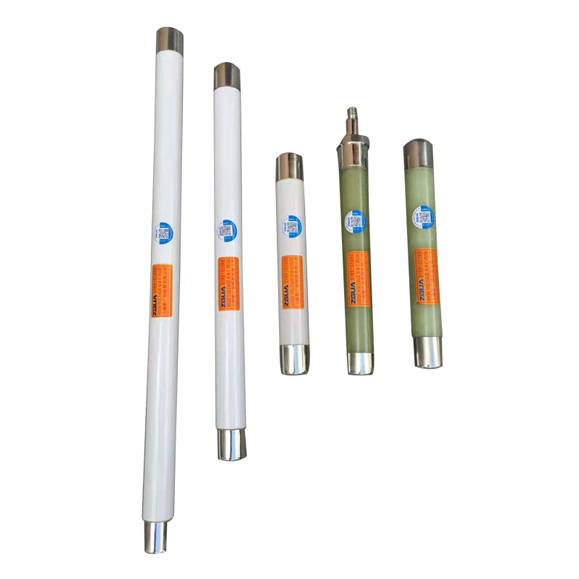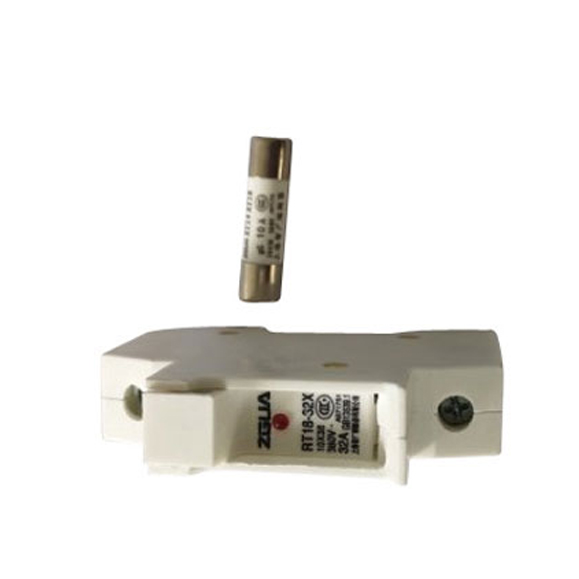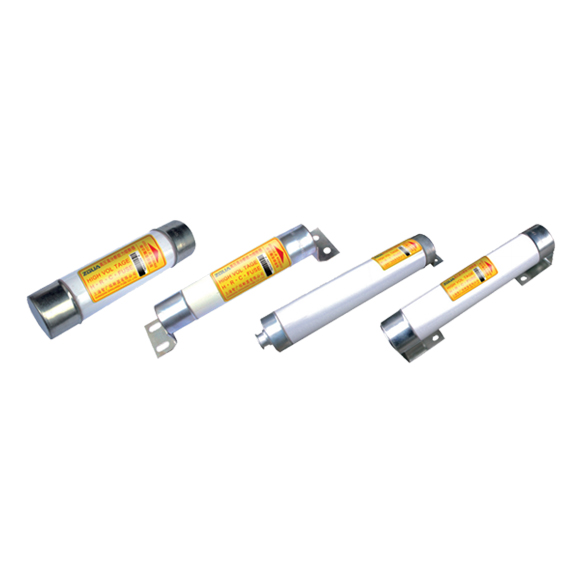Low-voltage fuse manufacturers talk about the types of fuses and the solution to low voltage, and knowledge is increased!
A fuse is a protective device that protects electronic equipment from overcurrent and also prevents serious damage to electronic equipment caused by internal faults. Therefore, there is a rating on each fuse, and when the current exceeds the rating, the fuse will blow. Low-voltage fuse manufacturers tell you that there are many types of fuses, which are classified by protection form, scope of use, volume, breaking capacity, fusing speed, rated voltage, and type.
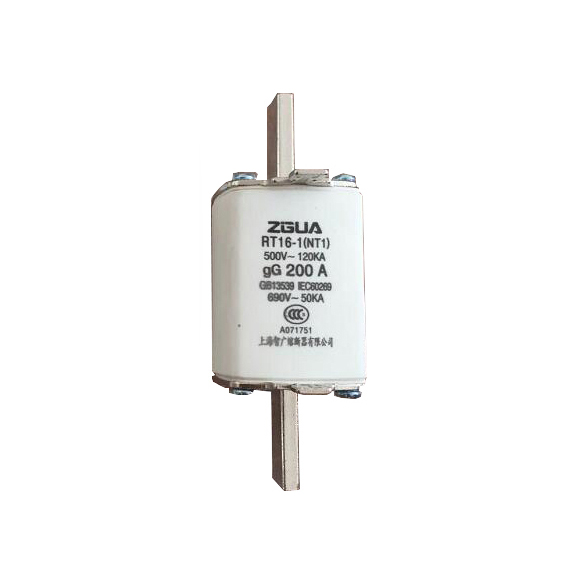
Classification of protection forms: overcurrent protection and overheating protection. The fuse used for overcurrent protection is the usual fuse (also called a current-limiting fuse). Fuses used for overheating protection are generally referred to as "thermal fuses".
Scope of use classification: power fuses, machine tool fuses, electrical instrument fuses (electronic fuses), automotive fuses.
Volume classification: large, medium, small and micro.
Low-voltage fuse manufacturer tells you that the breaking capacity is classified: as high and low breaking capacity fuses.
Fusing speed classification: ultra-slow fuse (generally represented by TT), slow fuse (generally represented by T), medium-speed fuse (generally represented by M), fast fuse (generally represented by F), ultra-fast Fuse (generally represented by FF).
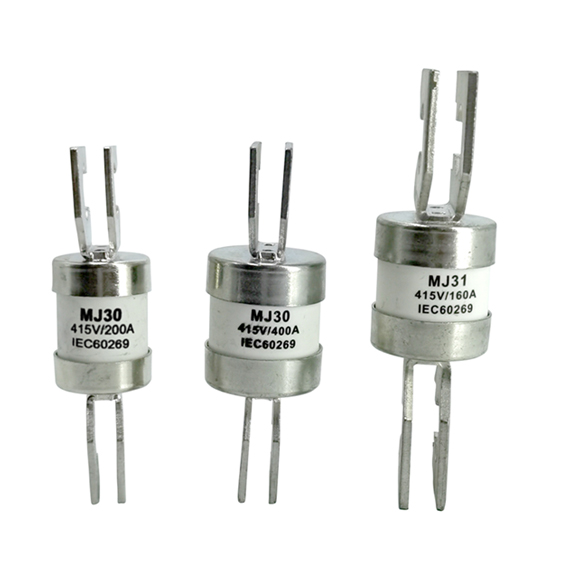
Rated voltage classification: high voltage fuse, low voltage fuse, and safety voltage fuse.
High-voltage fuses are generally made of nickel alloys and are electrical components installed in a circuit to ensure the safe operation of the circuit. When the circuit fails or is abnormal, the current is continuously increased, and the increased current may damage some important or valuable components in the circuit, and may also burn the circuit or even cause a fire. If the fuse is correctly placed in the circuit, the fuse will cut off the current by itself when the current abnormally rises to a certain height and at a certain time, thus protecting the safe operation of the circuit.
The low-voltage fuse is composed of an insulating base (or support), a contact, a melt, etc. The melt is the main working part of the fuse. The melt is equivalent to a special wire connected in series in the circuit. When the circuit is short-circuited or overloaded, the current is too large, the melt melts due to overheating, and then the circuit is blocked. Melts are often made into filaments, grids, or flakes. There is circuit maintenance of cars, control circuits, maintenance circuits, signal circuits, measurement circuits, etc. of all electrical equipment such as generators, motors, substations, etc., all industrial and civil low-power electrical appliances, and low-current maintenance inside all electrical appliances use low voltage fuse.
A safety voltage fuse (fuse) is also called a voltage fuse, and the IEC127 standard defines it as a "fuse link". It mainly plays the role of overload protection. With the correct placement of the fuse in the circuit, the voltage of the fuse will vary in current.
Type classification: current fuse, patch fuse, insert the fuse, tubular fuse, resettable fuse.
current fuse
A fuse is also called a current fuse, and the IEC127 standard defines it as a "fuse link". It mainly plays the role of overload protection. If the fuse is properly placed in the circuit, the fuse will cut off the current when the current abnormally rises to a certain height and heat, thus protecting the safe operation of the circuit.
SMD fuse
There are 0805, 1206, and other specifications, using thin-film technology to precise control electrical characteristics, due to its small size, it is more suitable for circuits in space-constrained applications to provide secondary protection Ideal choices, such as hand-held portable electronic equipment and Various instruments.
blade fuse
Low-voltage fuse manufacturers will tell you that it is more common in automotive applications and is sometimes called a fork bolt fuse.
tubular fuse
This is very common, especially in various power supply applications such as switching power supplies.
resettable fuse
This kind of fuse will automatically deform when the temperature exceeds a certain safe temperature, resulting in a power failure. After the temperature is restored, it can automatically energize and work normally without manual replacement. It belongs to the multiple-use type and is suitable for overload protection circuits.
What is the reason for the low fuse voltage?
1. Poor contact and loose thread: If the screw is not tightened, the thread is not pressed tightly.
2. Poor fuse contact: If the fuse seat is too loose, there is no rigidity, and the size of the fuse is too small.
3. The capacity of the selected wire is too small, the resistance is largely due to the small diameter of the wire, and the heat is large, which leads to the increase of the line loss and the decrease the voltage.
How to solve the low voltage?
1. If the line is thin and the resistance is large, in this case, it is necessary to replace the large-section wire.
2. If the transformer capacity is small, it is also necessary to negotiate with the power company and ask it to replace the transformer.
3. If the power supply capacity is insufficient, you can only negotiate with the power supply bureau to increase the capacity. In addition, if the electrical load is heavy in summer, the voltage stabilizer can only be installed at home.
Summary: The above are the types of fuses introduced by low-voltage fuse manufacturers, the causes of fuse failures, and the solutions. Hope it will help those in need. If you need to know more in the future, please pay attention to Zhiguang information.

 English
English 中文
中文 Pусский
Pусский Français
Français Español
Español
